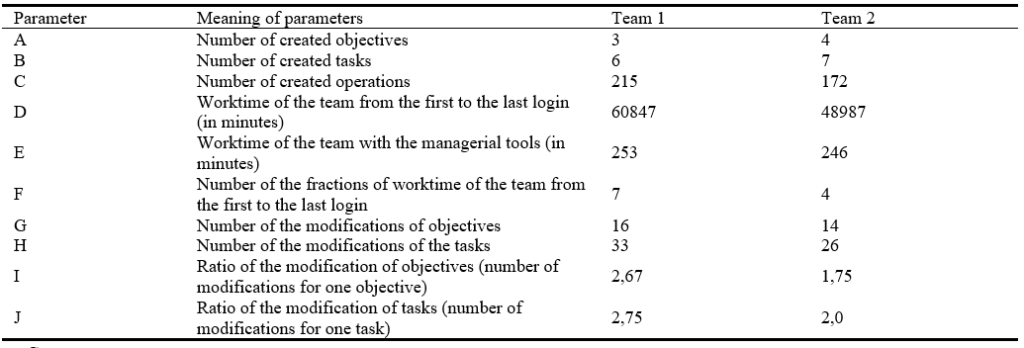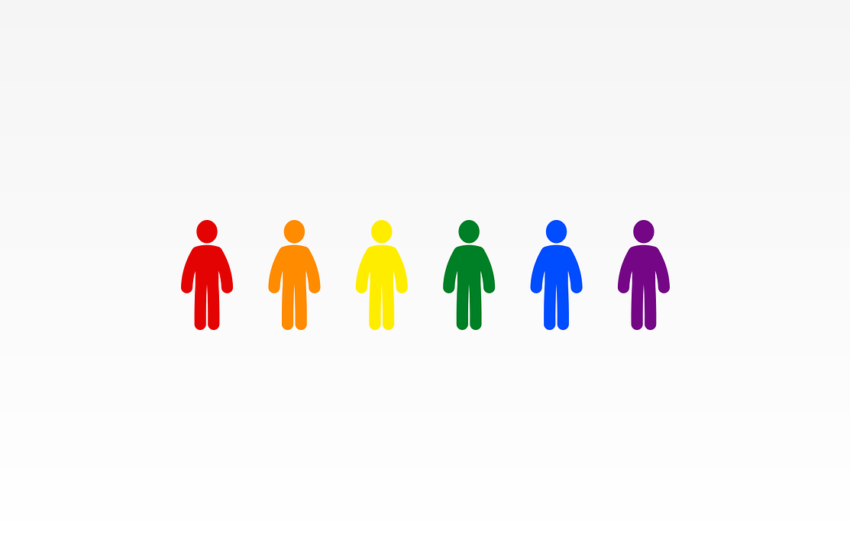Today I’m continuing the post about my publication from the Future of Information and Communication Conference 2019 in San Francisco. In the previous post, I showed the conditions that must be met for a robot manager to make a real impact on how his team works, and not just gloss over what kind of artificial intelligence is built into it.
Now I’m going to show you how the organizational magnitudes I designed in my organizational magnitude system (the methodological concept to build an artificial manager) help measure the behavior of a human manager. Let me remind you that knowing what a human manager does is essential to build an artificial manager. The situation is similar to when we want to build a coffee brewing machine, we need to know what the barista human does.
In the article, I have included the results of a study I conducted at a Silesian business school, the purpose of which was to plan the implementation of a new compensation system in a company. Students worked in groups of three or four, represented by a selected person who used online managerial tools on the TransistorsHead.com platform. The purpose of the experiment was to see if the use of the Management by Objectives method along with the Goaler (goal setting) and Tasker (task setting) management tools would measure the effectiveness of the team.
The organizational primary quantities – goal and task – became indicators of team effectiveness in this project. To evaluate the effectiveness of the team, a group of parameters was chosen to describe the appearance of each primary organizational magnitude resulting from the activities of these teams. Recall that in the system of organizational quantities there are two types of quantities – primary and derived. Read more in a series of posts, the latest being this one:
Figure 1 shows these parameters and their values of primary organizational magnitudes using the example of two teams participating in the experiment.

Figure 1. Parameters describing primary organizational terms in the work of teams
As you can see in Figure 1, by recording the work of teams using the online managerial tools on the TransistorsHead.com platform, it is possible to know how the manager of, for example, Team 1 worked, i.e. how many goals he created, how many times he corrected them, how much time it took him, etc. For this we have a layout of these activities over time, which I have already described in a previous post. Such a set of data characterizes the work of a given manager quite well, so that it can be imitated by a machine.
See a previous post on this topic for examples of histograms:
Read more on this topic in the article:

